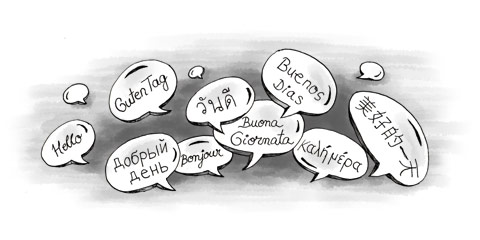Arabic is the native language of most of Saudi Arabia’s citizens - as well as being the official language of 21 other countries. The most formal version of the language is called Fus-ha and it is considered to be the foundations of the Arabic language. However, it is used mostly by religious scholars and is considered to be a written language more than a spoken one.
The most widely used language in Saudi Arabia is Modern Standard Arabic (MSA). This is the language used by the media and is the most universally understood form of the language - although technically it is taught as a second language to most citizens of the country.
Different Dialects
Despite being such a widely spoken language, there are many varieties of Arabic throughout both the world and in Saudi Arabia itself. Although most people will be able to communicate with one another in MSA, there are three distinct dialects within the country.
Najdi Arabic
Spoken mainly in the central region of the country, this is the first language of almost ⅓ of the country. This form of the language can be broken up into four even smaller dialects depending on location.
Hejazi Arabic
Spoken throughout the west of the country, Hejazi Arabic has two distinct forms: rural and urban. The urban form is the most commonly known version, as it is spoken in the cities of Mecca, Jeddah, and Medina.
Gulf Arabic
Heard predominantly around the coastal regions - this dialect also spreads to the gulf regions of the UAE, Qatar, Iran, Iraq, and Bahrain.
Minority Languages
Saudi Arabia has attracted a large expatriate community, many of whom continue to speak their first language alongside Arabic. The most largely spoken minority languages within Saudi Arabia include Tagalog, Rohingya, and Urdu - the languages of the Philippines, Myanmar, and Pakistan respectively.
With so many different languages in the country, it can be daunting when choosing what to learn. But with knowledge of Modern Standard Arabic, you will be understood in most places you visit.


